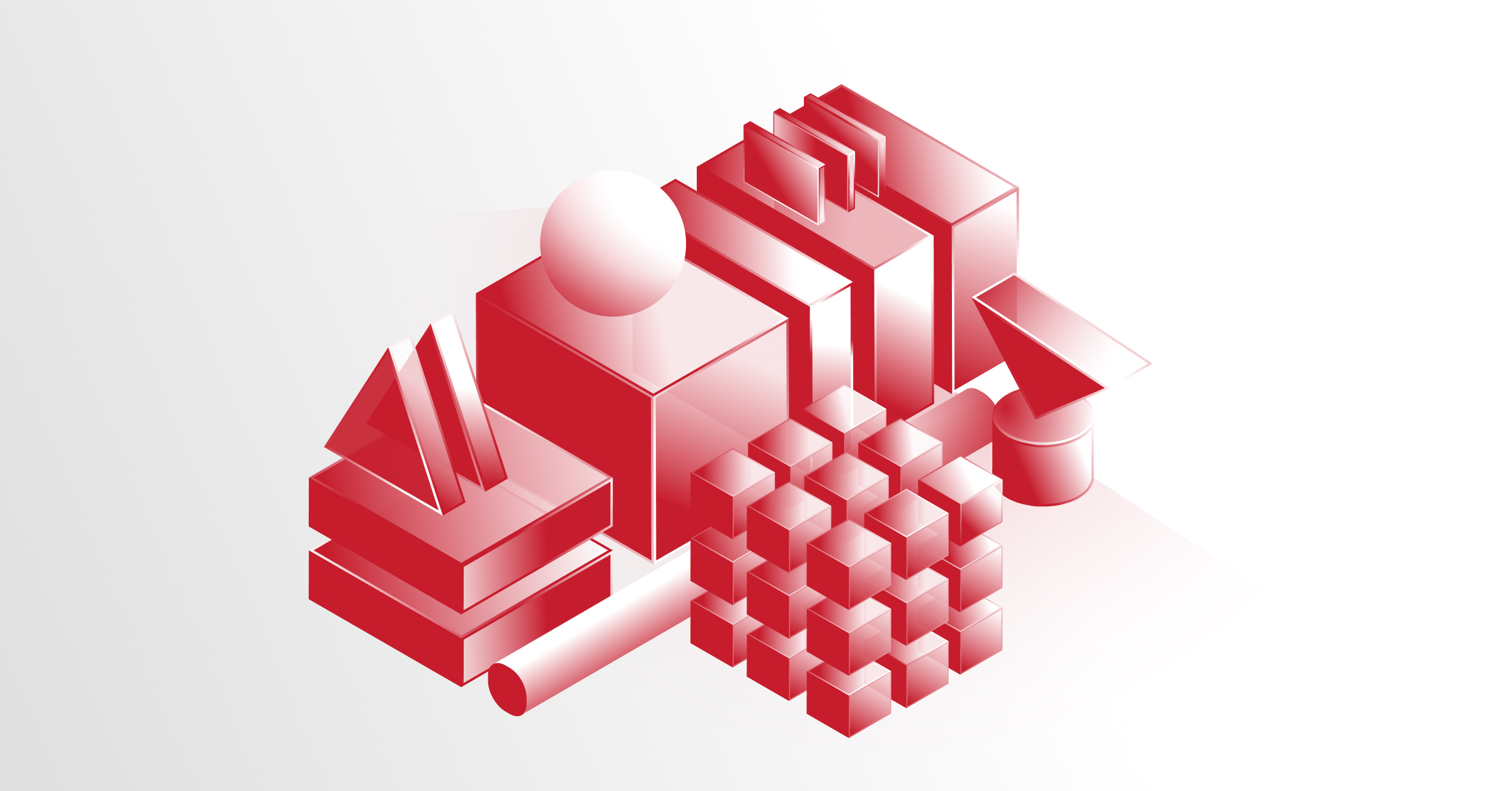As your company grows, naturally, your processes become more complex — with the majority of work requiring team collaboration. However, to get your people to work together productively, first, you need to standardize your stack. All the more so, if you’ve introduced DevOps processes into your work culture, which can enable your efforts for standardization.
In this article, we’ll touch on how standardizing your stack can help you achieve harmonious team collaboration; and, eventually, business growth. But first, to get the complete picture, let’s go over the scenario where you, as the CTO, don’t opt for standardization.
What can happen if you don’t standardize your stack?
It’s only natural to wonder, at some point, if it’s worth your time and effort to standardize your stack and software processes. However, consider that, as your team grows, new people — with diverse backgrounds and experiences — start bringing in different tools and processes that obviously work for them. In all likelihood, this will result in your systems and processes being jam-packed with many different technologies.
Although this isn’t necessarily a bad thing, yet, rarely can it lead to a positive outcome. Chances are that you’ll start noticing confusion and friction between people. Sooner or later, different team silos will start forming, based on the technologies and tools they are familiar with.
Eventually, these fragmented sub-teams will end up spending more time than necessary in a task or project; unavoidably committing errors, delaying delivery, and feeling fatigued from increased workloads. This will result in lost productivity, business opportunities, ROI, and revenue.
And as for you, the CTO, this division may be very frustrating, since any plans you may have had for efficiency, consistency, reliability, and security will probably go off the rails, and down the drain. So do keep in mind, people using too many tools and platforms complicates things; thus, it does pay to standardize your stack.
Standardize your stack, to make a difference in both team and business goals
To standardize your stack means to group a standard set of scalable technologies in a centralized place of action and management; such as, an integrated Cloud Management Platform. In this way, you create a common starting point for your team, to work productively and collaborate efficiently with other teams.
The goal in this approach isn’t only to eliminate redundant systems; but also, to highlight errors as they happen, improve on them and help people conform to the same standards. This helps mitigate risks and strengthen security.
Furthermore, you considerably improve team collaboration, as everybody shares the same toolkit and follows the same processes and protocols. And, when everybody works off the same page, it’s easier to streamline your management, as well.
At the end of the day — by standardizing as many of your operations as possible — you help build trust, improve productivity, lower costs and increase revenue; which makes a world of a difference for the company, too.
Making the most of Cycleops, to improve team collaboration
To help you improve team collaboration, we’re offering a SaaS platform packed with easy-to-use tools, to easily standardize your stack. Cycleops is an all-around Cloud Management Platform that can be a stepping stone for your team to share tools, processes, know-how, and ideas.
Standardizing on a single stack, via Cycleops, will allow you to move people from one project to another seamlessly; and, without a big learning curve. By extension, it can help accelerate new feature development and deployment, and keep feeding that DevOps loop of yours.
With Cycleops, your team will enjoy greater interoperability and a simplified development process — all thanks to DevOps automation. This means that the Dev team can finally spend more time on building innovative features that will bring real value to customers.
What’s more, working from an all-encompassing platform, like Cycleops, also eases the process of employee onboarding. To point out, the platform is designed upon best practices and popular tools; so, new team members will most probably be familiar with the technologies and processes the rest of the team works with.
Harnessing the synergistic capabilities of Cycleops
Without a doubt, companies that manage to overcome the stumbling block of standardization are able to provide a more collaborative culture; along with a host of other benefits that often follow. For instance, evolving your DevOps practices and scaling your business. But, how does that work?
Simply put, when you standardize your stack, you practically lay the foundations for minimizing human errors and automating workflows. This immediately improves team collaboration, since people can readily use the same toolset and processes for tasks and projects. And, when everyone is working together in a cohesive and productive manner, it promotes creativity and ensures business efficiency.
Request a demo today, to learn how you can standardize your stack with Cycleops; and harness the synergistic capabilities of an end-to-end Cloud Management Platform in your business!
